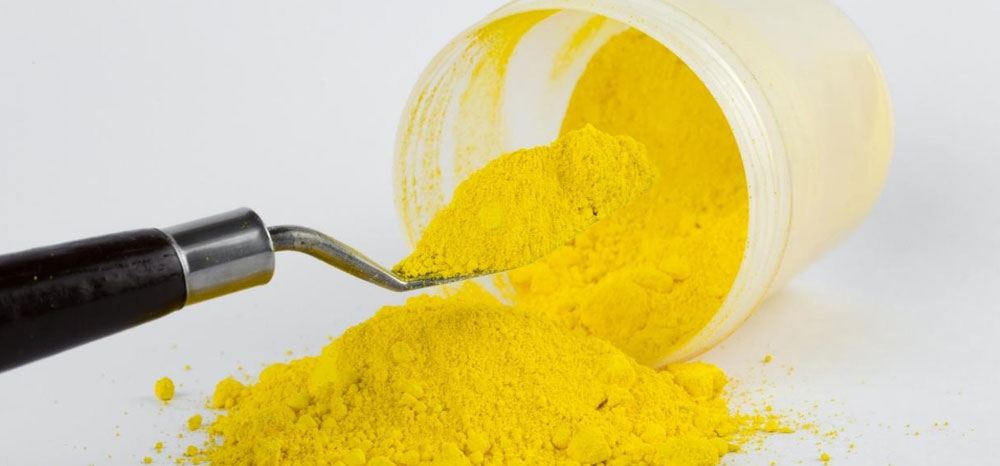In the vibrant landscape of consumer products, tartrazine stands out for its bright lemon yellow hue, infusing an array of goods with its distinctive colour. Recognised worldwide by its code E102, this synthetic dye has carved a niche in various industries, from food and beverages to cosmetics and pharmaceuticals, thanks to its versatility and water-soluble nature. Let’s take a closer look at tartrazine, exploring its characteristics, applications, and the dialogue surrounding its use.
Characteristics and Applications
Tartrazine’s popularity as a colour additive stems from its vivid colour and compatibility with a variety of products:
- Food and Beverages: Tartrazine is extensively used to colour soft drinks, candies, snacks, and convenience foods, enhancing their visual appeal and marketability.
- Cosmetics: In the beauty industry, it adds colour to products like nail polish, hair dyes, and bath products.
- Pharmaceuticals: It is used to colour medicines and vitamins, making them more appealing, especially to children.
A Subject of Discussion
Despite its widespread use, tartrazine has been a subject of discussion regarding its safety and health implications. Concerns have been raised about potential allergic reactions in sensitive individuals, leading to increased labelling regulations in many countries to inform consumers of its presence in products. However, regulatory bodies such as the European Food Safety Authority (EFSA) and the U.S. Food and Drug Administration (FDA) have deemed tartrazine safe for consumption within specified limits.
Benefits and Considerations
The benefits of using tartrazine include:
- Enhanced Product Appeal: Its bright yellow colour can significantly improve the visual appeal of products, influencing consumer choice.
- Cost-Effectiveness: As a synthetic dye, tartrazine is often more cost-effective than natural alternatives, making it a popular choice for manufacturers.
However, the use of tartrazine requires careful consideration due to:
- Dietary Sensitivities: With growing awareness of food allergies and sensitivities, manufacturers and consumers alike are more vigilant about the ingredients in products.
- Labelling and Regulation: Compliance with labelling regulations is crucial to inform consumers and allow them to make informed choices.
Buy High-Quality Products from Megha International
Tartrazine by Megha International continues to play a significant role in adding colour and appeal to a wide range of consumer goods. While it offers benefits in terms of visual appeal and cost, the discussions around its health effects underscore the importance of informed consumer choices and regulatory oversight. As the dialogue around food additives evolves, the future of tartrazine will likely be shaped by ongoing research, consumer preferences, and industry innovation, balancing aesthetic considerations with health and safety priorities. Contact us today!

